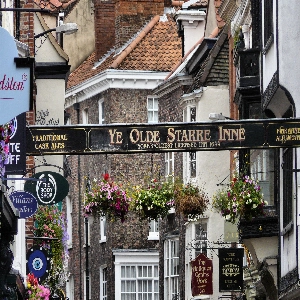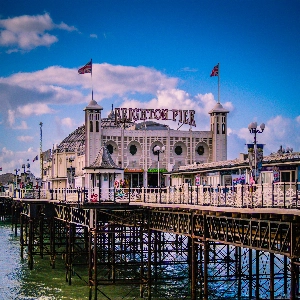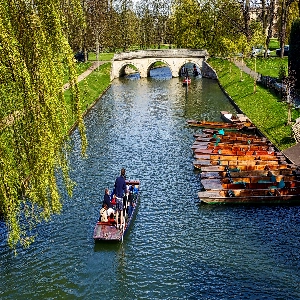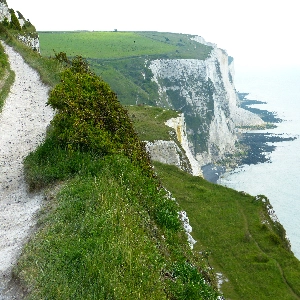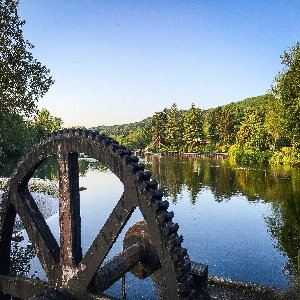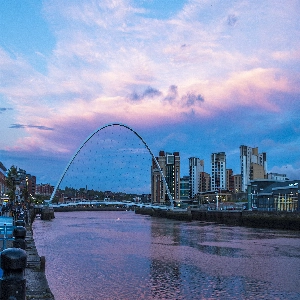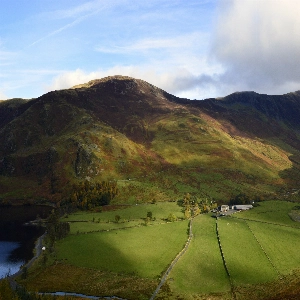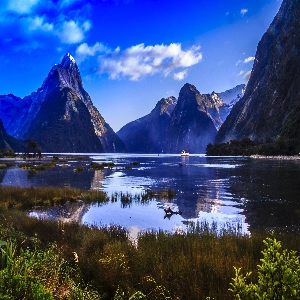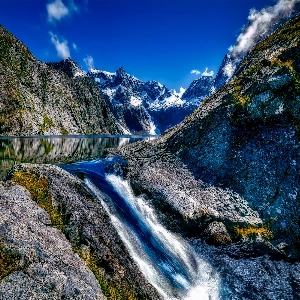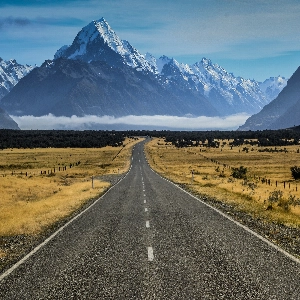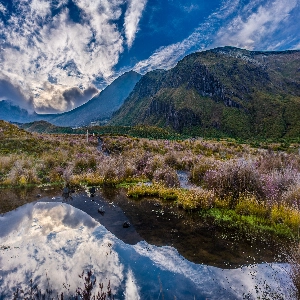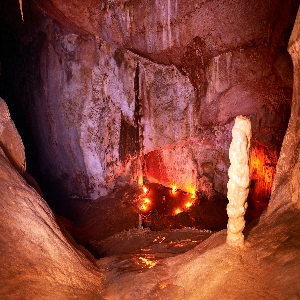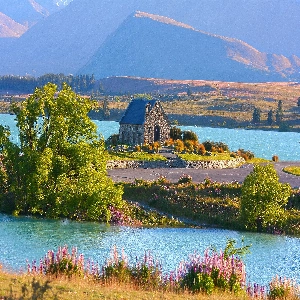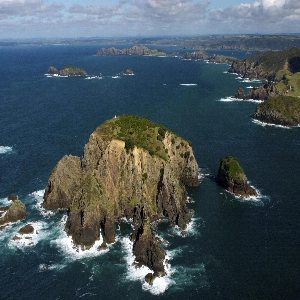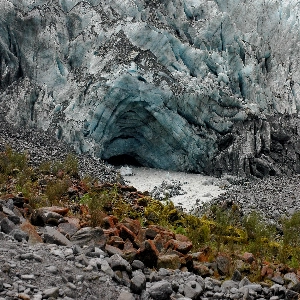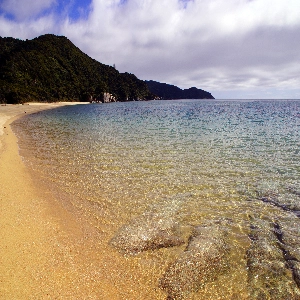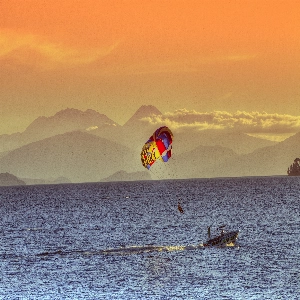Ninety Mile Beach

Introduction to Ninety Mile Beach
Stretching along the western coastline of the Aupouri Peninsula on the North Island of New Zealand, Ninety Mile Beach is one of the most iconic and stunning destinations in the country. Boasting 88 kilometers (or 55 miles) of pristine white sands and dramatic coastal landscapes, this beautiful beach offers an unforgettable experience for visitors. Despite its name, Ninety Mile Beach is only about 55 miles long, but its natural beauty and outdoor recreational opportunities more than compensate for this confusion. This article will discuss the history of the area, the many activities available for visitors, and the unique eco-system that Ninety Mile Beach supports.
A Brief History of Ninety Mile Beach
The Maori people were the first inhabitants of the region, and they have a long-standing cultural and spiritual connection with Ninety Mile Beach. The beach is known as 'Te Oneroa-a-Tōhē’ in the Māori language, which translates to ‘The long beach of Tōhē'. Tōhē was a respected chief of Te Aupōuri and Ngāti Kuri tribes and the beach represents the path he took as he traveled and explored the area, seeking resources and meeting with other tribes.
European settlers arrived in the 19th century, and the beach began to be used for more practical purposes. In the late 1800s, horses and bullock teams would travel along the shore to transport Kauri tree logs, which were highly prized for their timber, from the Gumfields in the Far North to waiting ships anchored in the deep harbors. Over time, Ninety Mile Beach became a well-trodden route used by missionaries, traders, and other travelers. Nowadays, it serves more as a tourist destination, well-known for its fishing, surfing and breathtaking scenery.
Exploring Ninety Mile Beach
Ninety Mile Beach is a scenic paradise, with its expansive coastal vistas, lush green landscapes, and awe-inspiring sand dunes. The beach itself is an official public highway in New Zealand, meaning that vehicles can drive along the vast expanse of sand, although certain safety precautions and local knowledge are required. Hiring a guide or joining a guided tour is highly recommended for safety reasons and to ensure you don’t miss any of the key sights along the way.
One of the most popular attractions of Ninety Mile Beach is the colossal sand dunes towards the southern end of the beach. These enormous, wind-sculpted formations are ideal for sandboarding, an exhilarating sport that involves zooming down the slopes on specially designed boards, reaching speeds of up to 40 miles per hour. If that’s not your cup of tea, then simply taking in the majestic views from atop the dunes is an experience not to be missed.
Fishing on Ninety Mile Beach
With its year-round warm climate and rich marine life, Ninety Mile Beach is a haven for fishing enthusiasts. Snapper, trevally, and kahawai are among the many types of fish that can be caught directly from the shore, while the surrounding waters also provide a habitat for marlin, kingfish and other game fish. There’s even a chance of landing a delicious crayfish or lobster along the rocky outcrops that punctuate the beach.
For those looking to take part in a little friendly competition, the popular Snapper Bonanza surfcasting competition takes place annually in March or April, with a range of prizes awarded for the biggest catches. This event draws competitors from around the world and is a great opportunity to immerse yourself in the friendly, community-focused spirit of Ninety Mile Beach.
The Unique Eco-system of Ninety Mile Beach
Beyond its recreational opportunities, Ninety Mile Beach is also a site of significant ecological interest. The sand dunes, which are the tallest in the southern hemisphere, are home to a range of rare plant species that thrive in this unique coastal environment. The New Zealand Department of Conservation manages several nature reserves in the area to protect these fragile ecosystems. Birds such as the New Zealand dotterel and the oystercatcher also reside in the area, making it a great spot for birdwatching.
Just off the coast, the warm ocean currents are host to an astonishing array of marine life, thanks to their rich mixture of nutrients. Dolphins, whales and seals are frequently sighted along the coastline, and schools of various fish species are a common sight.
Planning Your Visit to Ninety Mile Beach
Access to Ninety Mile Beach is relatively straightforward, with several entry points along the coast, the most popular being at Waipapakauri Ramp, which is about a 15-kilometer drive from Kaitaia, the nearest town. Although it is possible to drive directly onto the beach, conditions can be challenging and unpredictable, so it’s recommended to go with a guided tour or consider a local shuttle service.
Accommodations in the area are varied, ranging from camping grounds and motor camps to more comfortable bed and breakfasts and hotels. The central town of Kaitaia offers a range of dining, shopping, and recreational facilities, making it an ideal base from which to explore Ninety Mile Beach and its surroundings.
Conclusion
Ninety Mile Beach is an unforgettable destination that offers visitors a magical combination of natural beauty, outdoor adventure and a fascinating cultural history. The vast, pristine sands, dramatic dunes and wonderful array of marine life make for a truly unique experience that is bound to make a lasting impression. Whether you’re after adrenaline-fueled activities, serene relaxation or an insight into the rich history and eco-system, Ninety Mile Beach delivers it all in spades.



